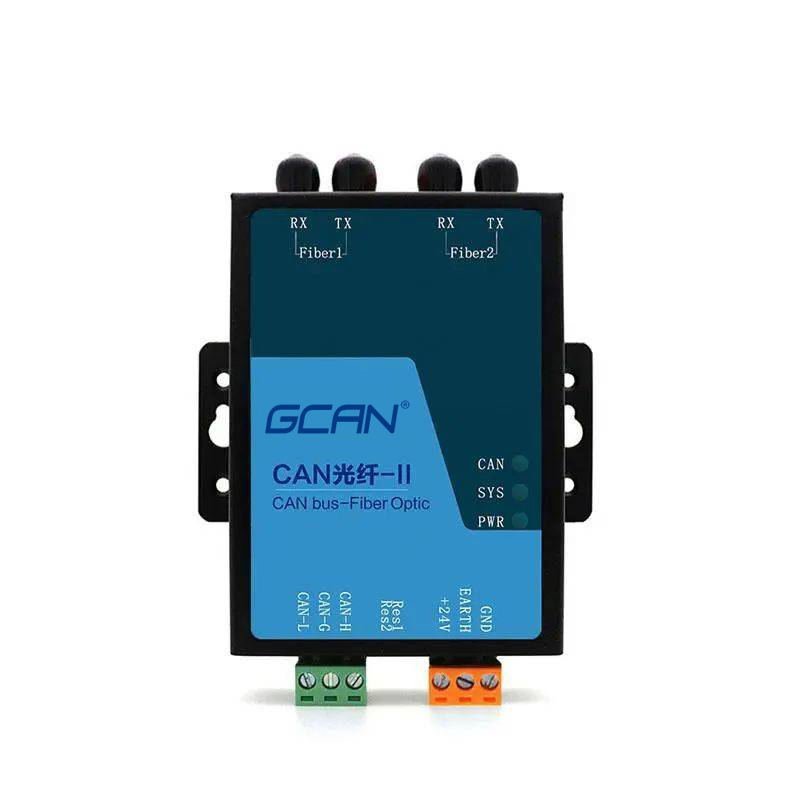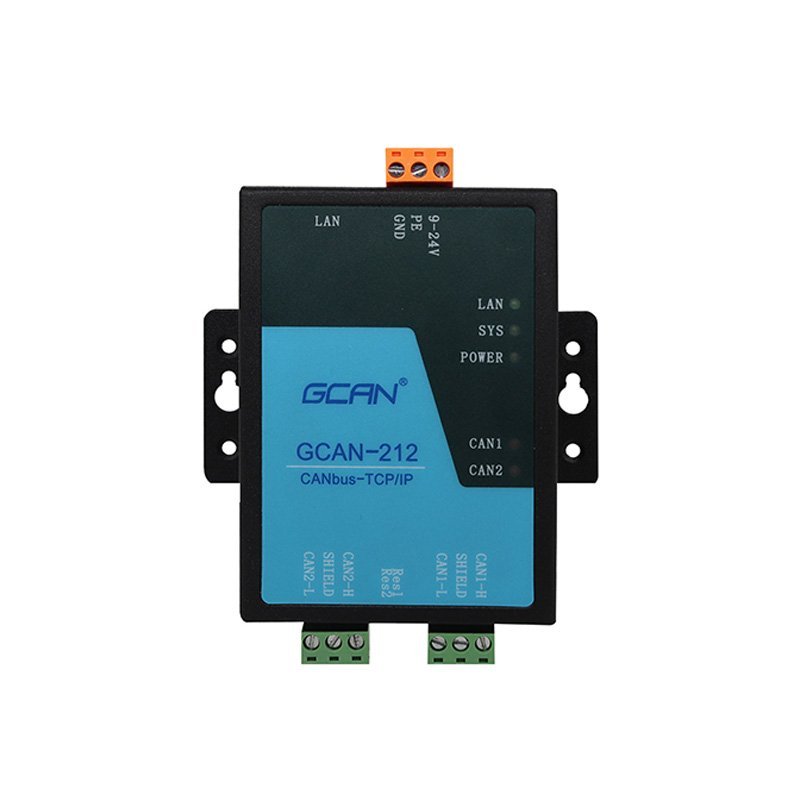The main difference between single-mode fiber and multimode fiber lies in transmission distance, bandwidth and dispersion.
1. Transmission distance:
The transmission distance of single mode fiber is much longer than that of multimode fiber.
Since the light of single-mode fiber can only propagate along the central axis, the attenuation and dispersion of the signal can be reduced, thereby achieving longer distance transmission.
The light of multimode fiber can propagate along different paths, resulting in large signal attenuation and dispersion, and the transmission distance is relatively short.


2. Bandwidth:
Single-mode fiber has a higher bandwidth than multimode fiber.
Because the light in single-mode fiber has only one mode, it can achieve higher data transmission rates.
Multimode fibers have multiple modes of light, resulting in relatively low data rates.
3. Dispersion:
Single-mode fiber has less dispersion than multimode fiber.
Since the light of single-mode fiber has only one mode, it can reduce the dispersion of the signal, thereby achieving higher transmission quality.
The light of multimode fiber has multiple modes, resulting in large signal dispersion and relatively low transmission quality.
From the above comparison, we can see that single-mode fiber is stronger than multi-mode fiber. If you want to achieve farther CAN relay, it is best to use single-mode CAN fiber optic repeater.
But if the multimode optical fiber has been deployed on site, it is no brainer to choose multimode equipment.
Looking for a Expandable PLC for your next project ? Click to learn more!
